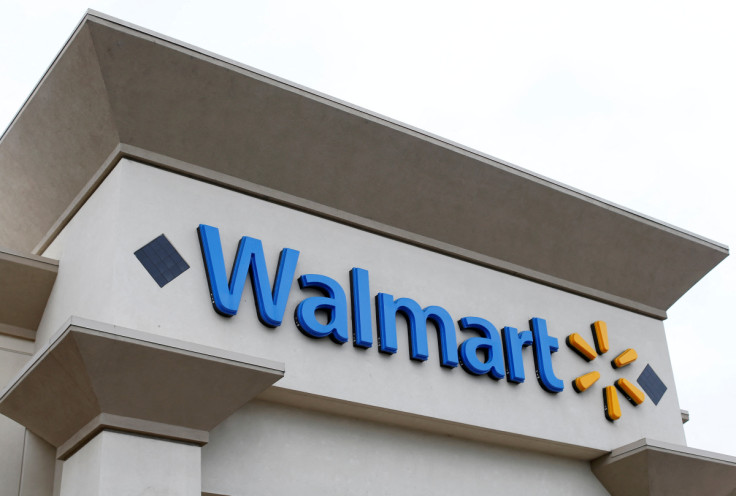Walmart Enhances Customer Convenience With Digital Price Tags Across Stores

Walmart's decision to transition to digital price tags across its 2,300 U.S. stores by 2026 signals a dramatic shift in the shopping experience for millions of Americans. While the technology itself is impressive, the real story lies in what this change means for customers.
A More Efficient Shopping Experience
For Walmart shoppers, the switch to electronic shelf labels (ESLs) promises a more streamlined and efficient shopping experience. Currently, Walmart associates spend hours updating paper price tags—a task that will soon be completed in minutes via a mobile app. This newfound efficiency allows staff to focus more on customer service, ensuring that shoppers receive better assistance and quicker responses to their needs.
Daniela Boscan, a Walmart employee involved in the ESL testing, highlighted this benefit, stating, "This efficiency means we can spend more time assisting customers and less time on repetitive tasks," reported CBS News.
Transparency and Information at Your Fingertips
One of the most significant advantages of ESLs is the potential for increased transparency. These digital tags can provide more than just prices. They can display detailed product information, including nutritional facts, origin, and price per weight, all accessible via QR codes. This empowers customers to make more informed decisions about their purchases.
According to Popular Science, this added layer of information could be particularly beneficial for health-conscious shoppers and those interested in the provenance of their food.
Dynamic Pricing: A Double-Edged Sword?
The introduction of ESLs also paves the way for dynamic pricing, a model where prices can fluctuate based on demand. This concept, familiar to users of rideshare apps like Uber, could revolutionize grocery shopping by adjusting prices in real-time. For example, prices for certain items might drop during off-peak hours or rise during high-demand periods like holidays.
While dynamic pricing could offer discounts on less popular items or those nearing expiration, it could also lead to higher prices during peak shopping times. This model has sparked debate; Wendy's, for instance, faced backlash when it announced plans for dynamic pricing but assured customers it would primarily offer discounts rather than price hikes.
Walmart has not yet confirmed if it will fully implement dynamic pricing. However, the technology's capability suggests that shoppers might soon see more variable pricing at their local stores.
Reducing Waste and Costs
Another customer benefit of ESLs is the potential to reduce food waste. With the ability to quickly update prices, Walmart can discount items nearing their expiration dates, making them more attractive to cost-conscious shoppers. This practice not only helps consumers save money but also supports sustainability by reducing the amount of unsold food that gets discarded.
Implications for Customer Satisfaction
Ultimately, the shift to digital price tags is about enhancing the overall customer experience. With quicker price updates, more detailed product information, and potentially lower prices on expiring goods, shoppers could find their trips to Walmart more satisfying and efficient.
However, the success of this transition will depend on how well Walmart manages the potential pitfalls of dynamic pricing and how transparently it communicates these changes to its customers. As Walmart moves forward, it will need to balance efficiency and transparency to ensure that the new pricing system benefits shoppers without causing frustration.
© Copyright IBTimes 2024. All rights reserved.





















